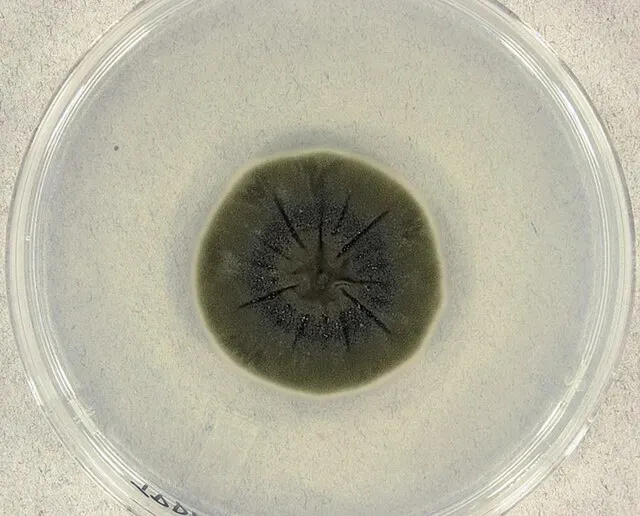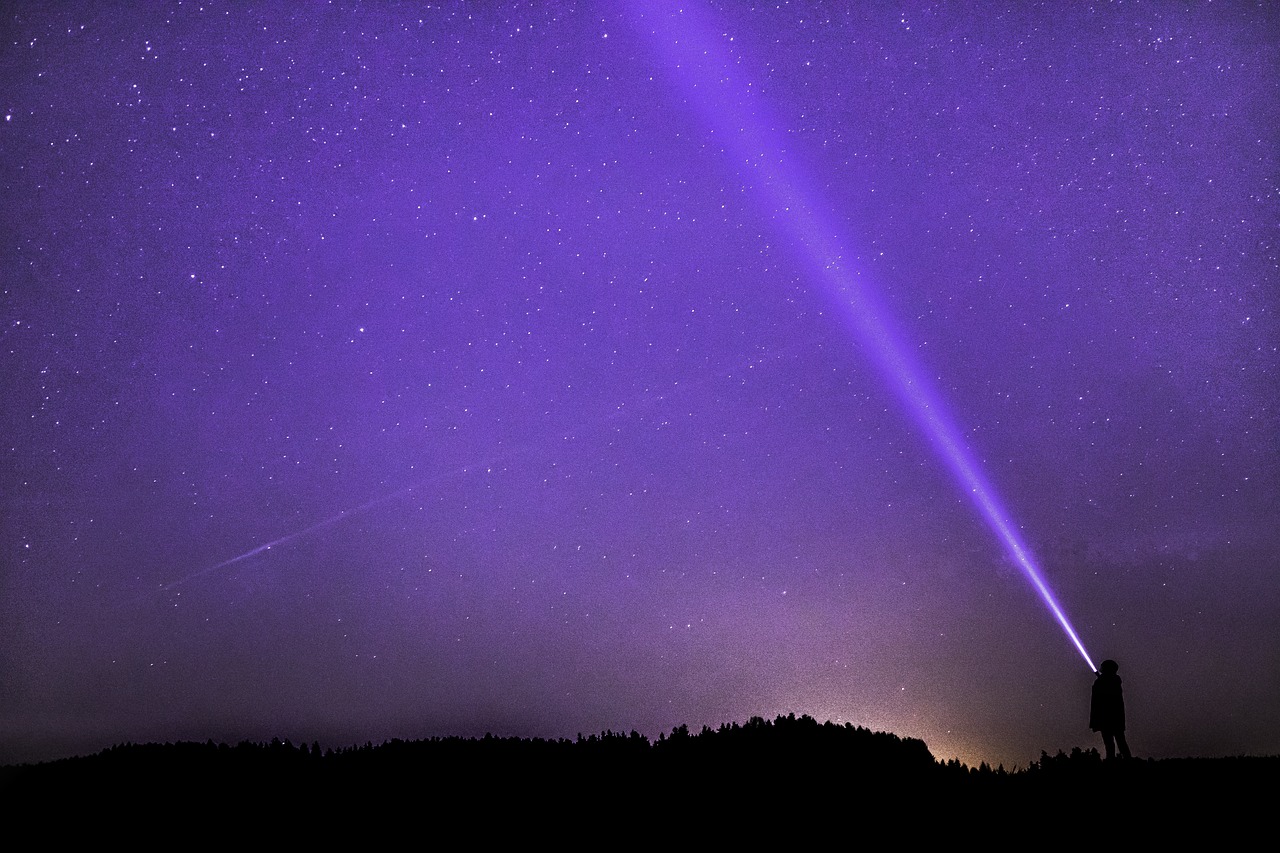Feeding On Fire. The Chernobyl’s Radiation-Eating Fungi

Since 1986, Chernobyl has stood as a haunted monument to one of humanity's worst nuclear disasters. Long ago, most life abandoned the area. Yet against all expectations, certain types of fungi have made Chernobyl their kingdom.
But they do more than survive on it, they feast on this radiation that sends shivers down the spines of the rest of us. What's the secret? Some weird process called radio synthesis, allowing them to use radiation as energy. Visualize a twisted take on photosynthesis, and you may begin to appreciate just how remarkable this adaptation can be.
A Fungus with a Dark Power
The star players in this weird adaptation are the black fungi, named so due to their high melanin content. Yes, that is the same melanin as in human skin, but these fungi are far, far darker. In them, melanin is more than skin-deep; it is a survival superpower since they thrive under intense radiation by converting those lethal rays into energy.
Identified among these are a few key players:
- Cladosporium sphaerospermum
- Cryptococcus neoformans
- Wangiella dermatitidis
These words are quite the mouthful, I know but not only do these fungi tolerate radiation, but they actually seem to prefer it, clustering around the hottest radioactive spots as if drawn to them. The scientists who discovered them even refer to them as "radio trophic," or radiation-loving.
How Do They Do It?
In a nutshell, melanin absorbs gamma rays from radiation and, through radio synthesis, converts this energy into a form that the fungi can actually "eat." It's a dark twist on how plants absorb sunlight. Only here we are talking lethal radiation, not some pleasant sunny day in the park.
But why did these fungi evolve this way? Are there any theories or potential reasons due to which we've never got to know. One thing's for sure, though-these black fungi have tapped into an incredibly unusual adaptation that has blown all of our previous assumptions about what life needs to survive right out of the water. Scientists realized that if we can harness this process, it could have great implications for humans, especially those who were exposed to high radiation.
Applications on Earth
Imagine the cancer patients who have to go through such painful radiation treatments that kill not only the cancerous cells but also all their healthy cells. What if we were able to shield their healthy cells with a protective layer inspired by the melanin of those fungi?
Such findings have the potential to help workers in nuclear plants, too. A protective layer of fungi could create an extra barrier for workers exposed to radiation, especially in emergency situations. One day, scientists may work out more humane treatments for Earth-based high radiation situations using melanin-based defenses.
And the implications do not stop there. If scientists can mimic the process by which the fungi convert radiation to energy, then we may even find new ways to create clean energy. Envision power plants run on radiation-cleansing fungi instead of noxious fuels that pollute, the air.
Entering the Space Race
That was taken to the next level in 2016 by NASA and SpaceX, launching samples of that Chernobyl fungi into the orbiting environment of ever-present cosmic radiation outside Earth's atmosphere. On lengthy missions, it is a space where astronauts are often bombarded by ionizing radiation. Other than that, the shielding options are bulky, heavy, and few. But a living, self-replicating shield? Now, that's game-changing.
Initial tests indeed showed some promise: a two-millimeter sample of fungi was able to block two percent of incoming cosmic radiation. Tiny? Yes, but scale that up to an eight-inch layer, and we are talking about enough protection to shield human settlers on Mars. And unlike a metal shield, these fungi self-heal and grow-meaning a small colony could theoretically regenerate after damage, such as from a solar flare.
The Ethical Dilemmas of Bio-Shields in Space
But bio-shields bring a host of other questions. Should we allow fungi from Earth to take over a Martian environment? Could this adaptation alter ecosystems we haven't yet explored? Mars may be barren, but colonizing it with living fungi still raises some ethical debates at the very least about how much we should alter extraterrestrial landscapes.
From Sci-Fi to Human Potential
It gets weirder still. Some scientists are asking a question that sounds straight from science fiction: Could humans themselves adopt these radiation-absorbing abilities?
Life Finds a Way
...
Similar Post You May Like
-

CFCs, HFCs and their long, troubled history
At its peak, the ozone hole covered an area 7 times larger than the size of Europe, around 29.9 million km2, and was rapidly expanding
-

The Origin of Universe: Deciding point where it all began!
Let us unravel and surf through the ideas throughout ages to understand what the universe and its origin itself was to its inhabitants across history.
-

The Artemis Program
Inspired by the Greek goddess of the Moon, twin sister to Apollo, the artimis program was named on 14 May 2019 by Jim Bridenstine.






